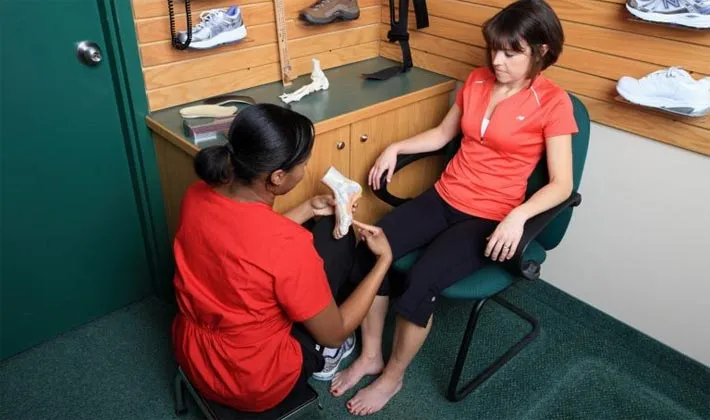Unfortunately, our digital storefront is down for a bit of maintenance. In the meantime, feel free to shop us in-store. Please check back again soon.

Summary of Pedorthic Evaluations
Purpose:
To assess the biomechanics, alignment, and functional condition of the lower extremities (especially the feet) to determine appropriate orthotic, footwear, or modification needs.
Key Components of the Evaluation
Patient History
Medical history (diabetes, arthritis, injuries)
History of foot pain, surgeries, or deformities
Activity level and occupational demands
Visual and Physical Examination
Foot structure and posture (flat feet, high arches, deformities)
Skin condition (calluses, ulcers, pressure points)
Gait analysis (walking pattern, weight distribution)
Range of motion and joint flexibility
Muscle strength and tone
Footwear Assessment
Current shoe wear patterns and fit
Suitability of footwear for the patient’s condition
Measurements and Imaging
Foot length and width
3D scanning or foam impressions for custom devices
Pressure mapping as well as other biomechanical tools
Outcome of the Evaluation
Diagnosis or identification of functional/structural foot issues
Recommendations for:
Custom or off-the-shelf orthotics
Shoe modifications (lifts, rocker soles, etc.)
Specialized footwear (diabetic shoes, orthopedic shoes)
Plan for follow-up and adjustment
If you need a detailed template for a clinical report or want to tailor it for a specific condition (e.g., diabetes, plantar fasciitis, etc.), our pedorthists can provide that as well.